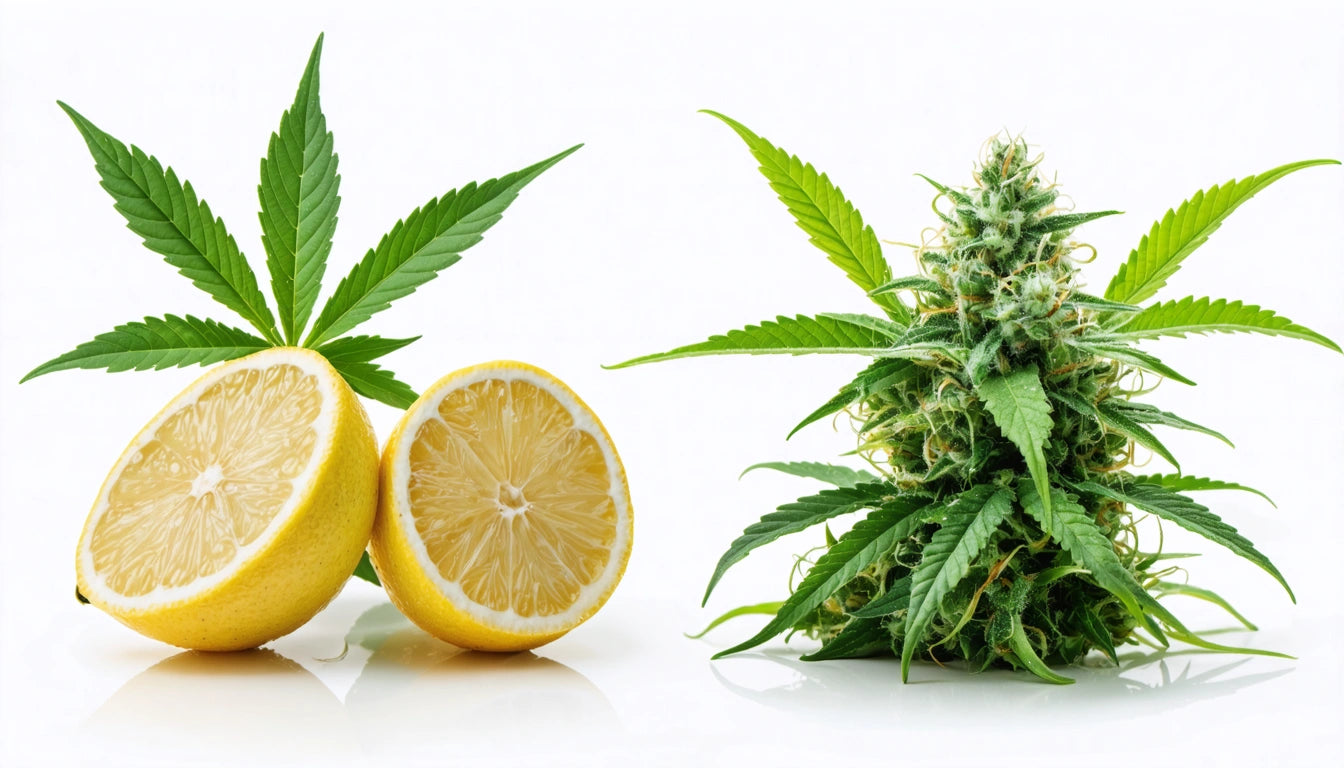Table of Contents
- Understanding Haze Genetics: The Foundation of Super Strains
- Super Silver Haze: A Sativa-Dominant Classic
- Super Lemon Haze: Citrus-Forward Sativa Genetics
- Comparing Effects: How These Haze Varieties Differ
- Terpene Profiles and Flavor Experiences
- Cultivation Considerations for Haze Strains
- Consumption Methods for Optimal Experience
- The Future of Haze Strains in Modern Cannabis
Is Super Lemon Haze or Super Silver Haze Indica or Sativa? Understanding These Popular Strains
Cannabis enthusiasts often debate whether popular varieties like Super Lemon Haze and Super Silver Haze fall into the indica or sativa category. This distinction matters because it helps consumers anticipate effects and choose strains aligned with their desired experience. Understanding the genetic lineage, terpene profiles, and typical effects of these celebrated Haze varieties provides valuable insight for both recreational and medicinal users.
Understanding Haze Genetics: The Foundation of Super Strains
The original Haze strain emerged in Santa Cruz, California, during the 1960s and 1970s. It represented a groundbreaking combination of landrace sativas from regions including Thailand, Mexico, Colombia, and India. This foundation established Haze as a predominantly sativa lineage, characterized by energizing effects and distinctive flavor profiles.
Today's popular Haze derivatives maintain much of this sativa heritage while incorporating other genetics for enhanced characteristics. According to this exploration of Haze varieties, the family has expanded to include numerous award-winning strains that preserve the uplifting qualities of the original.
Super Silver Haze: A Sativa-Dominant Classic
Super Silver Haze is definitively a sativa-dominant hybrid, typically presenting with approximately 70-80% sativa genetics. This award-winning strain was developed by Green House Seeds in the 1990s by crossing Haze, Northern Lights, and Skunk #1. Despite the indica influence from Northern Lights, the sativa characteristics remain dominant in both growth pattern and effects.
Users typically report energizing, creative, and uplifting experiences with Super Silver Haze, consistent with its sativa-dominant profile. The strain delivers a cerebral high accompanied by subtle body relaxation, making it suitable for daytime use without overwhelming sedation.
Key Characteristics of Super Silver Haze:
- Genetics: Haze x Northern Lights x Skunk #1
- Classification: Sativa-dominant hybrid (70-80% sativa)
- THC Content: Typically 18-23%
- CBD Content: Generally low, below 1%
- Appearance: Silver trichome coating with orange pistils
Super Lemon Haze: Citrus-Forward Sativa Genetics
Is Super Lemon Haze indica or sativa? Super Lemon Haze is predominantly sativa, typically presenting with 80-85% sativa genetics. This strain was created by crossing Super Silver Haze with Lemon Skunk, enhancing the citrus profile while maintaining the energetic sativa effects. As detailed in this analysis of lemon-flavored cannabis, the strain's genetics strongly favor sativa characteristics.
The lemon haze strain (sativa or indica question) is definitively answered by its growth pattern, flowering time, and effect profile, all of which align with sativa traits. While it contains some indica genetics from its lineage, the sativa effects predominate the experience.
Comparing Effects: How These Haze Varieties Differ
While both strains share sativa dominance, their effects differ in notable ways:
| Characteristic | Super Silver Haze | Super Lemon Haze |
|---|---|---|
| Energy Level | Moderate to high | High |
| Creativity | Strong | Moderate |
| Focus | Enhanced | Variable |
| Body Relaxation | Mild to moderate | Minimal |
| Duration | Long-lasting | Medium to long |
These differences stem from their unique genetic compositions and terpene profiles. Super Lemon Haze tends to provide a more energetic, uplifting experience, while Super Silver Haze often delivers more balanced effects with slightly more physical relaxation.
Terpene Profiles and Flavor Experiences
The distinctive aromas and flavors of these strains come from their terpene compositions:
Super Silver Haze Terpenes:
- Myrcene: Earthy, herbal notes
- Pinene: Pine and forest undertones
- Caryophyllene: Spicy, peppery qualities
- Limonene: Subtle citrus hints
Super Lemon Haze Terpenes:
- Limonene: Dominant lemon citrus notes
- Terpinolene: Floral, herbal qualities
- Myrcene: Earthy foundation
- Pinene: Subtle pine accents
The higher limonene content in Super Lemon Haze contributes to its mood-elevating properties, while the more balanced terpene profile of Super Silver Haze creates its multi-dimensional effects. For consumers wondering what strain is Super Lemon Haze in terms of flavor profile, its pronounced citrus character sets it apart from other Haze varieties.
Cultivation Considerations for Haze Strains
Both strains present specific challenges and rewards for growers:
Super Silver Haze typically reaches medium to tall heights and has a flowering period of 9-11 weeks. It performs best in controlled environments where its height can be managed. Yields are generally above average, but the plant requires attentive care.
Super Lemon Haze grows tall with stretchy internodal spacing, characteristic of its sativa dominance. It has a similar flowering time of 9-10 weeks and responds well to training techniques. Both strains benefit from proper grinding of harvested flower for optimal consumption, which can be achieved with quality grinding equipment for consistent texture when preparing the product.
Consumption Methods for Optimal Experience
To fully appreciate the sativa characteristics of these strains, consider these consumption approaches:
- Vaporization: Lower temperatures (355-385 °F) preserve the delicate terpenes that define their unique profiles
- Joint or pipe smoking: Traditional methods that deliver the full spectrum of effects
- Water filtration: Provides smoother intake while maintaining potency
- Microdosing: Particularly effective with Super Silver Haze for creativity without overwhelming effects
The silver haze strain (indica or sativa question) is best approached with methods that preserve its complex terpene profile, as this contributes significantly to its characteristic effects.
The Future of Haze Strains in Modern Cannabis
As cannabis cultivation evolves, Haze genetics continue to influence new varieties. Both Super Silver Haze and Super Lemon Haze have parented numerous contemporary strains, extending their genetic contributions to the next generation of cannabis. Their sativa-dominant profiles remain valuable in an industry increasingly focused on effect-specific breeding.
For consumers asking whether lemon haze strain is sativa or indica, understanding its predominantly sativa nature helps set appropriate expectations for the experience. As outlined in this exploration of strain characteristics, the sativa-dominant nature of these Haze varieties continues to make them relevant in today's diverse cannabis landscape.
Whether you're drawn to the creative stimulation of Super Silver Haze or the energetic, citrus-forward experience of Super Lemon Haze, both strains represent the enduring appeal of sativa-dominant varieties in contemporary cannabis culture.











Leave a comment
All comments are moderated before being published.
This site is protected by hCaptcha and the hCaptcha Privacy Policy and Terms of Service apply.